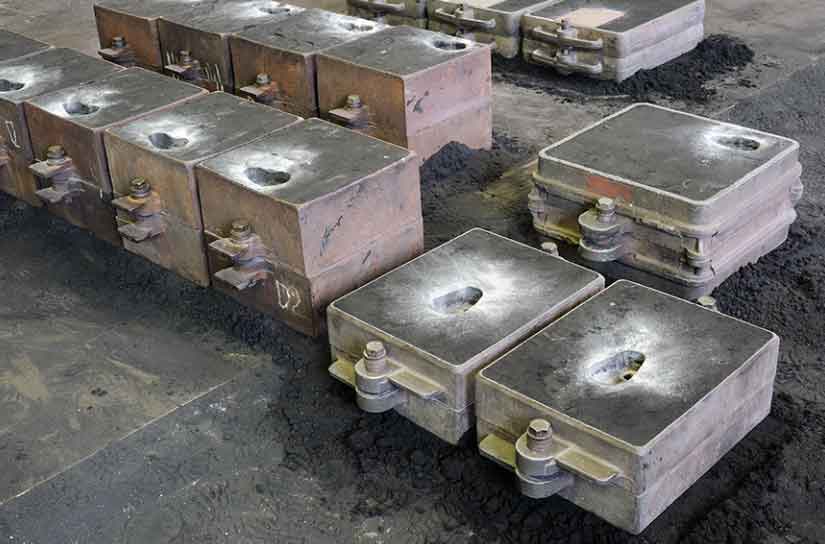Resin sand casting is a manufacturing process that involves using a mixture of sand and a resin binder to create molds for casting metal parts. While it may not be considered as inherently eco-friendly as some other manufacturing methods, there are several ways to make resin sand casting more sustainable and reduce its environmental impact. Here are some eco-friendly solutions for sustainable resin sand casting:

- Material Selection: Choose eco-friendly materials for both the resin binder and the sand. Look for binders that have a lower environmental impact, such as bio-based resins or water-based binders. Similarly, opt for sand that is responsibly sourced and does not contain harmful chemicals or pollutants.
- Recycling and Reuse: Implement a system for recycling and reusing sand and resin. After casting, the sand can be reclaimed, cleaned, and reused in subsequent molds. Similarly, resin can be recycled and reused in the casting process, reducing waste and minimizing the need for new materials.
- Waste Minimization: Minimize waste generation during the casting process. Optimize the mold design and gating system to reduce excess material usage. Implementing advanced computer simulation and modeling techniques can help achieve this goal by optimizing the casting process and reducing scrap.
- Energy Efficiency: Improve energy efficiency in the resin sand casting process. Utilize energy-efficient equipment, such as high-efficiency furnaces and low-energy mixers, to reduce energy consumption during melting, mold preparation, and curing processes.
- Emission Control: Implement measures to control emissions and reduce air pollution. Use efficient exhaust systems and filters to capture and control any volatile organic compounds (VOCs) emitted during the casting process. Minimizing VOC emissions is important for maintaining a clean and safe working environment.
- Water Conservation: Reduce water consumption by implementing water-saving measures. Implement closed-loop cooling systems to reuse water for cooling purposes and minimize water usage. Additionally, consider using water-based binders that require less water during the mold preparation stage.
- Life Cycle Assessment: Conduct a life cycle assessment (LCA) to evaluate the environmental impact of resin sand casting. This assessment can help identify areas of improvement and guide decision-making towards more sustainable practices.
- Research and Innovation: Continuously explore and invest in research and innovation for sustainable manufacturing processes. Stay updated on new technologies and practices that can further enhance the eco-friendliness of resin sand casting.
By implementing these eco-friendly solutions, resin sand casting can be made more sustainable, reducing its environmental impact and contributing to a greener manufacturing industry.
